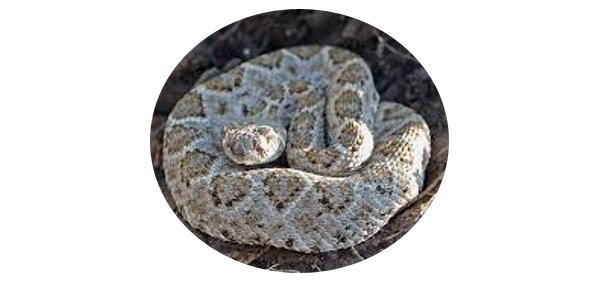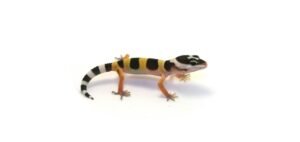23 Interesting Facts About Baby Hamsters
Table of Contents
Interesting Facts About Baby Hamsters You Don't Want To Miss
Hamsters make an adorable pet but it is important to know some information beforehand especially if your hamster pet is pregnant and to take care of it.
It is important to know what to do so that the hamster may not get pregnant again. It is critical to know what to expect and how to prepare for when your hamster is pregnant.
Fun Facts About Baby Hamsters
1. Hamster babies are usually referred to as pups and they grow rapidly.
2. The hamster babies at birth are blind and naked.
3. Their teeth start to emerge by the end of the first week.
4. Their hair also starts to grow and becomes a bit visible. The pigmentation may also become prominent within 5 days.
5. They start to become active and mobile in 10-14 days.
6. They can start to consume solid foods at 10 days old. By 14 to 15 days, they start to experiment with other foods even though they are still nursing. They start to eat some veggies, fruits, and seeds around this time.
7. After 2 weeks they can be handled that helps them familiarize themselves without being stressed. This desensitizes them to being handled and this reduces stress. Hamsters should be given time to be adapted and should not be picked straight away.
8. Their eyes start to open at 14-17 days, but maybe colorblind and may not be able to see well.
9. Their ears start to pop by 17 to 18 days age.
10. They become mini adult versions by 3 to 4 weeks of age.
11. Weaning time may differ in different species. For instance, the Syrian hamsters take more time to be weaned by their mothers than dwarf hamsters who are weaned by about 3 weeks. The dwarf pups may stay with their mother for a longer time than the Syrian pups.
12. By 4 weeks old, the hamster babies should be separated from their mother and be placed in cages according to their sex. The females may stay longer with their mothers sometimes. Mother hamsters generally push the pups into the wild so that they may become independent.
13. The father hamster should also be segregated from the cage to avoid any unwanted pregnancies. In the case of dwarf fathers if they are not separated they may impregnate the female again within 3 to 4 days, resulting in a new litter. While in the case of Syrian hamsters, this won’t be a matter of concern as they are solitary and usually don’t share a cage.
14. Male dwarfs also contribute to parental care and help in taking care of the young ones. If the mother allows the older litter to remain then they may also help their mother. The first litter should be removed by when they are 4 weeks old to reduce any chances of unwanted pregnancies.
15. The hamsters are weaned by the 4th to 5th week and heed out to fend for themselves.
16. In the case of Syrian hamsters they attain sexual maturity by about 4 weeks. It is important to segregate the sexes by this time otherwise more litter will be produced in no more time.
17. The same-sex hamsters can be kept together in a cage from the 4th to the 6th week. This may be important as they learn to play and wrestle with their siblings.
18. Fur growth is visible by the 5th to 7th week, in the case of Syrian males, they are longhaired and have a long fur coat than the other sex. A small comb or hairbrush can be employed to groom the hamster by detangling the hair and removing the mat. This task becomes easier as hamsters age.
19. Dwarf hamsters attain sexual maturity later than Syrian hamsters, by 3 to 4 months. There are some exceptions with this species. It is not important or required to segregate the sexes as in Syrian hamsters, as the female can give birth by around 8 to 9 weeks. Conception can occur if the female dwarf is kept with an older male.
20. Dwarf hamsters unlike territorial Syrian hamsters, can live in same-sex colonies Around 12 weeks, they mature and can start to fight that may cause serious damage or injuries. It is better to split them in such conditions, they may be kept in separate cages.
21. The Syrian hamster may measure up to 6 to 8, by 12 weeks of age and may out grow their exercise wheel. It is necessary to change their wheel according to their growth otherwise, the hamster may arch its back too far in case the wheel is small and this may result in injury.
22. It is also essential to employ a proper wheel. The wire weels should not be used as they can pull the hair of hamster that causes them to be painfully trapped in the wheel especially in case of Syrian hamsters. Syrian hamsters are recommended a 9 inch larger wheel amd use chinchilla sized saucers.
23. A bigger cage should always be preferred for the hamsters. The recommended cage is minimum 450 square inches.










